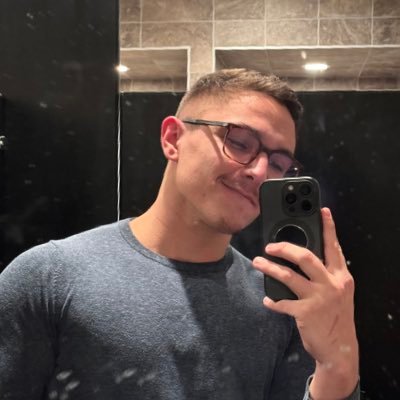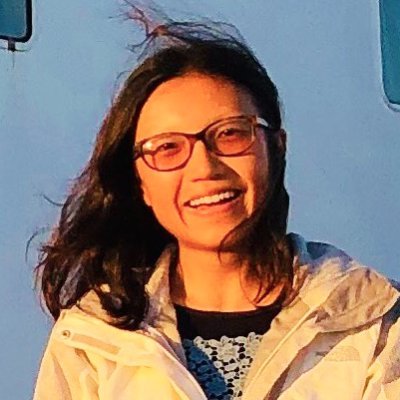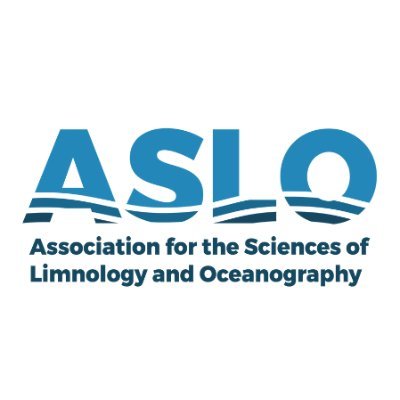
Brayan Vilanova-Cuevas (he/him) 🏳️🌈🇵🇷
@brayan_vilanova
Followers
1K
Following
2K
Media
72
Statuses
456
Microbial-ecology 🦠, disease-ecology, genomics and marine microbiomes 🌊 Insta @vcby2000
Ithaca, NY
Joined December 2021
🧵 Exciting Research Alert! 🌊🚨 Our latest study investigates the impact of Diadema antillarum scuticociliatosis (DSc) on the microbiome of sea urchins! Here are some key findings. @IanH77 #MarineScience #Microbiome #SeaUrchins
https://t.co/fsF5udgLkv 1/8
journals.asm.org
The mass mortality of Diadematidae urchins due to Diadema antillarum scuticociliatosis (DSc) has had significant ecological impacts, spreading from the Caribbean to the eastern Mediterranean, Red...
1
1
5
Well it’s official, today I passed my defense!! Dr. Vilanova-Cuevas 😊🤩 so happy!!!
1
0
11
Lots and lots of traffic today about Sea Star Wasting in Florida. This probably isn’t the same thing as in the Pacific, but speaks to the fact that there is no case definition, and that it’s very non specific and describes when stars fall apart. See https://t.co/Al7ZhImKpp
frontiersin.org
Asteroids (Echinodermata) experience mass mortality events that have the potential to cause dramatic shifts in ecosystem structure. Asteroid wasting describ...
2
1
5
Funded postdoc + PhD opportunities in marine microbial ecology! Please share with folks that might be interested. Start date is flexible (fall 2025 to summer 2026) More about the lab + applying (Postdoc rolling, PhD apps due Oct/Jan): https://t.co/faMrVc3uWD
sites.google.com
The Luo Lab is accepting applications for funded Postdoc and PhD opportunities. Details below. Lab members will have access to state-of-the art wet lab, and computing, and sequencing resources,...
2
61
120
https://t.co/E6gQgaeQaP I was asked to write this based on a town hall at a recent meeting. Apologies but the journal wanted $3200 for open access and I just couldn’t afford. Lmk if you’d like to see it.
aslopubs.onlinelibrary.wiley.com
Click on the article title to read more.
0
3
8
Excited and grateful, earlier this month I started my INTERN Fellowship, allowing me to spend the next three months working on elucidating relationships of bacteria and coral at the USGS - Honolulu Field Station under the mentorship of Dr. Thierry Works and his amazing team!
1
0
23
Dive deeper on the results and learn more about our work on Diadematidae mass mortality and how environmental microbiomes compare when the disease is replicated in laboratory conditions. 🌊🦠 Big thank you to all the incredible collaborators who made this work possible (8/8)
0
0
0
💡 Understanding microbiome changes due to pathogens like DSc is vital to developing strategies that protect marine ecosystems. Our research sheds light on the mechanisms behind host-pathogen interactions! (7/8)
1
0
0
🌍 Well, yes, we found that Echinothrix diadema from Réunion Island share high representation of F. hongkongensis! Suggesting that these findings have broader ecological implications. And this bacterium could be environmentally associated with the pathogenic ciliate. (6/8)
1
0
0
🔍 Our analysis revealed that F. hongkongensis might serve as a bacterial biomarker for detecting DSc in environmental samples from the Caribbean. But would it be consistent with the disease in disparate geographical locations? (5/8)
1
0
0
Major finding! We show that DSc-affected urchins exhibit significantly lower taxonomic richness compared to healthy counterparts. Moreover, DSc-affected urchins showed a greater representation of Fangia hongkongensis and Psychrobium spp. 🏖️ 🌊 🦠 (4/8)
1
0
0
Our study aimed to understand how the urchin microbiome differs between healthy and DSc-affected specimens. We used 16S rRNA gene amplicon sequencing to analyze tissue samples from various locations including the Caribbean and Réunion Island. (3/8)
1
0
0
🌍 In Spring 2022, the Caribbean faced mass mortality of Diadema antillarum due to D. antillarum scuticociliatosis (DaSc) due to a pathogenic ciliate within the Philaster clade (DScPc). This disease has now spread broadly, affecting urchins in other areas of the world🦠 (2/8)
1
0
0
Cornell’s College of Veterinary Medicine is searching for multiple TT faculty in Microbiology and Immunology. Come join us!
0
3
5
We also examined its recruitment to corals in aquaria, its potential for reemergence into naive diadema and its presence in coral specimens and the water column prior to the DaSc outbreak. Excellent collaboration between multiple institutions and countries!
0
2
1
Excited to announce the publication of our latest work on the Diadema scuticociliatosis pathogen. Here we examined its presence in environmental reservoirs, finding that it is primarily associated with the coral Siderastrea spp
1
3
4
🌊🦠 Excited to share our latest findings on Diadema antillarum scuticociliatosis! Our research reveals how sympatric habitats serve as reservoirs for the pathogenic ciliate. We also explore possibilities for resurgence and associated microbes. https://t.co/hTS7h2vFJh
0
4
3
Congratulations @IanH77!
🌟🏆🌟 Each year, #ASLO proudly honors our Fellows and Sustaining Fellows for their incredible contributions to #aquaticscience! Our members are the driving force behind our mission to advance limnology and oceanography. Thank you for your dedication and service! Together, we
0
1
5
🌟🏆🌟 Each year, #ASLO proudly honors our Fellows and Sustaining Fellows for their incredible contributions to #aquaticscience! Our members are the driving force behind our mission to advance limnology and oceanography. Thank you for your dedication and service! Together, we
0
11
23
Viral metagenomic investigation of two Caribbean echinoderms, Diadema antillarum (Echinoidea) and Holothuria floridana (Holothuria) https://t.co/UrKyrCbS7s cc @IanH77 @brayan_vilanova
peerj.com
Background Echinoderms play crucial roles in coral reef ecosystems, where they are significant detritivores and herbivores. The phylum is widely known for its boom and bust cycles, driven by food...
1
4
6








